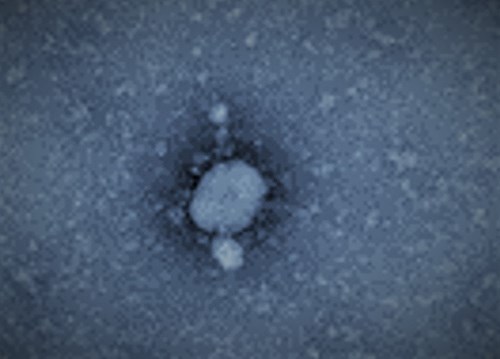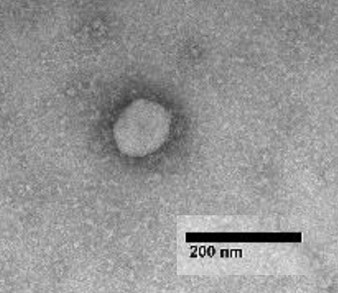X-Ray inactivated SARS-CoV-2 Wuhan-Hu-1 and SARS-CoV-2 Omicron B.1.1.529.BA.2 batches released by NCPV

NCPV has recently added two more batches of x-ray inactivated SARS-CoV-2 to its growing collection. X-ray irradiation is a method of pathogen inactivation, where the sample retains its structural and antigenic features but loses its pathogenicity (Afrough et al., 2020). X-ray inactivated viruses are therefore safe to handle at lower microbiological containment levels. SARS-CoV-2 viruses are classified as hazard group 3 (HG3) pathogens and would need to be cultured and assayed at containment level 3 (CL3) facilities (HSE, 2021). The advantage of NCPV’s x-ray irradiated SARS-CoV-2 strains is that they can be used as an off-the-shelf inactivated viral stock that produces immunological and molecular results at containment level 2 (CL2).
For NCPV to produce and provide a bank of irradiated virus, we pass it through several quality control tests. Firstly, viable virus is propagated and titered to test for viability. We also check its identity by whole genome sequencing, and its sterility from bacterial, fungal, and mycoplasmal contamination. Once complete, it is x-ray irradiated using an optimised irradiation dose. The inactivation dose required is dependent on the type of virus, titre, and matrix. Therefore, each new agent or matrix undergoes validation experiments to determine its D value (dose required for inactivation per 1 log pfu/ml).
After irradiation, the sample is checked for virus activity. The total irradiated volume is pooled, then 10% is serially passaged three times, alongside a positive and negative control, on susceptible cells (ECACC Vero E6 85020206 for SARS-CoV-2). The passages are checked against the controls for virus-induced cytopathic effect (CPE), and samples are taken at the beginning and end of each passage for quantitative polymerase chain reaction (qPCR) analysis. As an additional measure, it is also compared to the pre-irradiated virus by plaque assay or median tissue infectivity dose/TCID50.
To confirm that the irradiated sample has retained its biological properties, it is compared against non-irradiated samples on an immunoassay, and is sent for transmission electron microscopy (TEM) to look for the presence of intact virions. The TEM images of our two latest releases, SARS-CoV-2 Wuhan-Hu-1 (NCPV 2111224v) and SARS-CoV-2 Omicron B.1.1.529.BA.2 (NCPV 2204141v), can be seen below.


Transmission electron micrographs of irradiated SARS-CoV-2 Wuhan-Hu-1 (NCPV 2111224v) and SARS-CoV-2 Omicron B.1.1.529.BA.2 (NCPV 2204141v). Images provided by Microbial Imaging, Porton, UKHSA.
Written by Teresa Ramalho and Ellie Drinkwater
References:
Afrough, B., Eakins, J., Durley-White, S., Dowall, S., Findlay-Wilson, S., Graham, V., Lewandowski, K., Carter, D.P. and Hewson, R. (2020). X-ray inactivation of RNA viruses without loss of biological characteristics. Scientific reports, 10(1), 1-10.
HSE. (2021). The Approved List of Biological Agents, Advisory Committee on Dangerous Pathogens (ACDP). Health and Safety Executive. https://www.hse.gov.uk/pubns/misc208.pdf Accessed 2022, September 06.
